Sweat is a major issue in the city wardrobe. It is difficult to take off your shirt once you have arrived at the office, just as you do with your T-shirt after training. How do you dress to deal with the feeling of wet fabric as soon as you speed up and the odours that appear at the same time? We have addressed this question in three parts:
- why and how we sweat (link to thearticle here)
- what are the best anti-perspiration materials? this is today's article!
- how to put on the right layers of clothing to avoid sweating (link to the article here)
After having understood that sweating is a mechanical reaction to stress and effort, we will now explain what are the best materials to manage these disadvantages. It's worth saying straight away that natural materials (wool, Tencel(e.g. polyester, linen) are much more efficient than synthetic materials (polyester, nylon).
- merino wool is the only optimal material: it "breathes" and neutralizes odours
- Tencel or Lyocell is a very efficient alternative
- the cotton does not dry fast enough
- Synthetic materials dry very quickly but do not control odours
Let's go!
Contrary to many preconceived ideas, the merino wool is the best fabric in terms of complete perspiration management. It regulates heat, absorbs moisture, dries quickly and neutralises odours.
A microscopic cross-section of the various textile fibres is enough to convince you of this.
Like our hair, wool (the first four fibres from the left) is made up of thousands of scales that overlap like tiles. This is not at all the case for other fibres. Look at the polyester at the right end: it is completely smooth!
- This scale-like structure traps the air in multiple small pockets, slowing its circulation.
- It creates an insulating film that regulates the temperature against the skin. Keeps you cool when it's hot and warm when it's cool
- This thermoregulatory effect maintains an optimal temperature and avoids the triggering of the sweating.
- Wool also has a very high water absorption capacity (up to 30% of its weight, while looking dry).
- It is hydrophilic. It is 120 times more than the polyester ! No wet feeling against the skin, therefore.
The finer the wool you choose (extra fine from super 110), the better the feel and performance!
For information, the merino wool is between 11 and 24 microns, shetland wool 40 microns and a hair 60 microns.
It is therefore merino woolthat noble material that should be favoured. Its fineness is determined by the grades super 100, super 120, super 130. It has absolutely nothing to do with classic wool as you imagine it - itchy, warm, fluffy - merino wool is luxurious, very fine, soft, fluid and looks like a completely normal fabric when it's woven.
Another key argument. In terms of smell, wool demonstrates unparalleled performance.
It absorbs moisture without allowing malodorous bacteria to proliferate. No doubt thanks to the lanolin it contains. It retains 66% less odour than polyester and 28% less than cotton.
A study conducted by the University of Ghent in November 2014, shows that it performs better than any of its competitors in terms of non-absorption / evacuation of bacteria (analysis on T-shirts worn after a cycling session and 28 hours of rest).
This is why a merino wool garment quite never smells the odour of sweat.
So if some people have worn the same merino shirt throughout recent lockdown (!), we guarantee a minimum of 72 hours' wear without washing. That's why our shirts are called 72 hours !
And it saves the planet in terms of the water used for washing.
Benefits optimal thermoregulation, better anti-odour performance. The ideal material!
Disadvantages Washing instructions: 30° wool programme, 600 rpm drum, no fabric softener
Tencel® or Lyocell, an optimal material
The TENCELis a fibre derived from the pulp of wood (beech, eucalyptus or bamboo), which we have already discussed in a previous article. article of this blog.
This material has excellent thermoregulation and drying properties. It keeps 13% of humidity without feeling unpleasant. It outperforms cotton in this respect.
In terms of odour management, it is just below wool (which retains an optimal mechanical structure) but superior to cotton. It is therefore our second option in this selection of anti-perspiration materials.
Benefits Very good absorption and drying, good odour management, fresh feeling
Disadvantages the fabric is very fluid: for a men's wardrobe, mix with wool
There are now "first layers" made of merino wool or Tencel that allow you to be elegant and efficient. Here are some examples of ours.
Cotton is a material that does not dry quickly
The COTTONThe most common plant material is hydrophilic. It absorbs perspiration completely. And paradoxically, it increases the cooling of the body because it dries very slowly. Much slower than wool and polyester. So it's the feeling of wet fabric that lowers the body temperature... But it's really not pleasant!
If you keep a cotton T-shirt in the open air, in summer, without any significant effort, no problem, you will stay dry. But one small acceleration will make the sensation very unpleasant. The same goes for a cotton shirt, in winter, under a jacket or coat...
In terms of odour, cotton fibre keeps malodorous bacteria trapped in its fibres.
On the other hand, as cotton is hydrophilic, it will absorb water and washing agents perfectly. All stinky bacteria should therefore be eliminated after a good wash. This is not the case with polyester or nylon
Benefits optimal absorption, odour elimination in the wash
Disadvantages Long drying time (feeling of wet clothing against the skin)
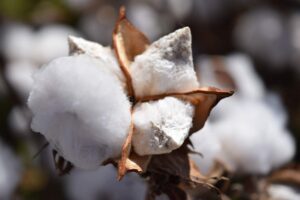
Linen and viscose are alternative materials
The LINthe most environmentally friendly plant fibre, has properties very similar to or better than cotton in terms of performance.
The hydrophilic pectins that bind the fibres together allow them to absorb up to 20% of their weight in moisture, without changing their feel. The thermoregulatory effect of these same pectins will keep us cool in summer. For odours, the observations are similar to cotton.
Benefits Optimal absorption, thermoregulation, odour elimination during washing.
Disadvantages The fibre is not very soft and creases (but knitted linen is pleasant)
The VISCOSEFor example, a wood pulp derivative like Tencel® (but chemically treated in a much less environmentally friendly way) was analysed - in the same study by the University of Ghent - as being free of malodorous bacteria. It will therefore be a relevant choice for interior linings.
Synthetic materials are very bad in terms of odour
Again, this is very rational when you analyse the molecular structure of these materials. Produced from petrochemicals - and therefore from the planet's non-renewable resources - they have three properties that set them apart from natural fibres:
- They are hydrophobicThey do not tolerate water. They will therefore very quickly repel moisture over a large area (towards the outside or inside the body). This will speed up the drying process...if you are in the open air
- They are lipophilicThey love oily substances. And bacteria - including stinky ones - travel in them. Unfortunately, the synthetic fibres will keep these oils preciously by evacuating the water. Their concentration in the fabric will gradually increase.
- Finally, they are a powerful magnet for at least one smelly bacterium, the micrococcus. Who doesn't like the environment of natural fibres.
These properties are therefore ideal for accelerating the evacuation of perspiration (in the open air), but disastrous for odour management!
The table below (from the same study by the University of Ghent in November 2014) shows very clearly that the odours perceived in a polyester T-shirt after intense physical effort are much more unpleasant (0 = neutral, 10 = unbearable) than for a cotton T-shirt.
Even when washed, the hydrophobicity of the synthetic fibres will repel the cleaning agents and trap the oil. The smell will not disappear and will even increase over time. Every medal has its reverse side...
And if today biocidal treatments exist to remedy the problem of odours, they are essentially chemical (nanoparticles such as silver ions, zinc, etc.). They are superimposed on the garment at the end of production (finishing). But either they disappear after a few washes, or their harmlessness has not yet been proven. This is what a 60 million consumers' study.
Benefits Maximum moisture removal (in the open air), very fast drying.
Disadvantages Stubborn odours...that won't wash away
An intermediate solution: 37°5 ® technology
37°5 technology (link here) promises dynamic thermoregulation. This means that it will evacuate heat from the body, all the more so when you heat up strongly.
This technology uses natural micro-particles infused directly into the fibres, at a microscopic level (they don't wash away and are long-lasting). These particles absorb and evacuate large quantities of the infrared rays emitted by the body when it heats up. And maintain an ideal temperature of 37°5.
After the outdoor world (Salomon has a trail textile range in 37°5), we've incorporated it into our shirts. With 50% of Tencel® and infused on New Life® recycled polyester. This is the Acceleration. We'll let you discover the film used to explain the benefits. here.
Benefits very good thermal regulation, natural origin, long-lasting
Disadvantages : does not neutralise odours
In the end, what are the right materials to manage perspiration?
You have understood that in order to reduce perspiration, the material you wear on your skin must absorb perspiration easily and evacuate it quickly to the outside. In order to avoid odours, the material must not retain bacteria from perspiration.
Your first layer should ideally be made of merino wool, tencel or linen if you have planned for a minimum of effort or stress. Cotton is an option if you are not wearing a second or third layer. To let it dry.
Your second and third layers will depend on your protection requirements. However, they must be breathable. There is no point in buying a blazer jacket or a car coat completely waterproof with underarm zips, if you keep a shirt in cotton!
The synthetic materials are to be avoided if you want to avoid odours.
But they are still very good at wicking away perspiration!
You now have all the information you need to make the best choice of clothes. And if you don't have any ideas, the WOLBE wardrobe has been designed to prevent you from sweating...


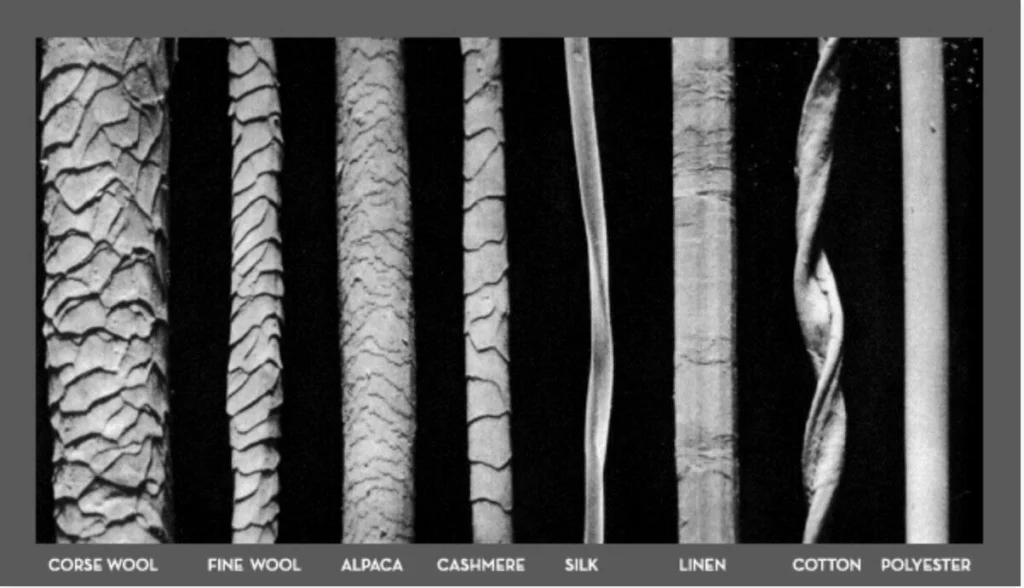
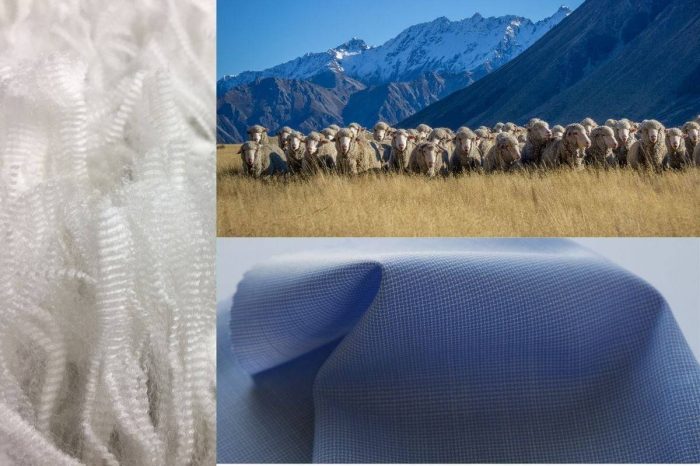
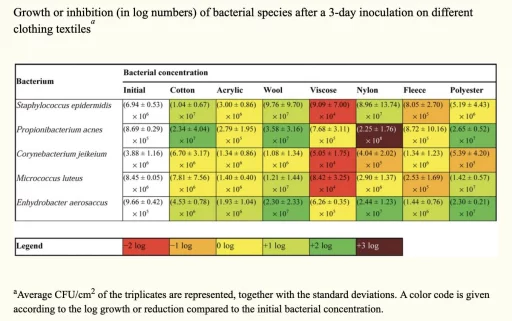
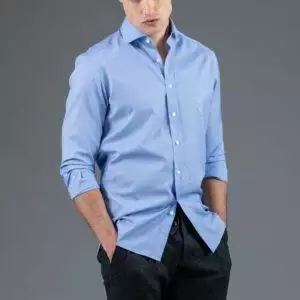
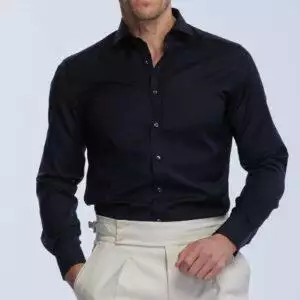
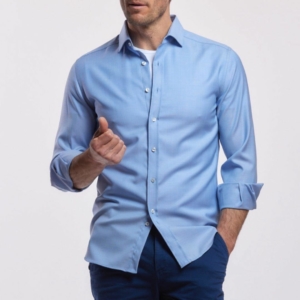

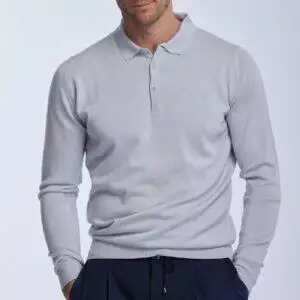

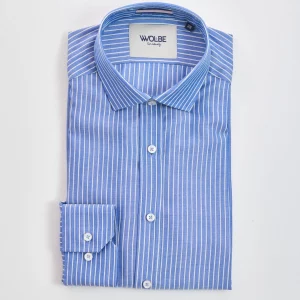
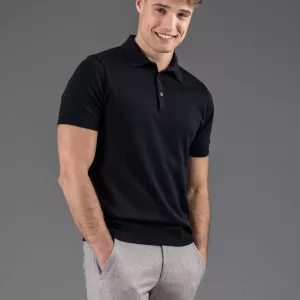

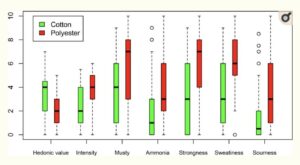


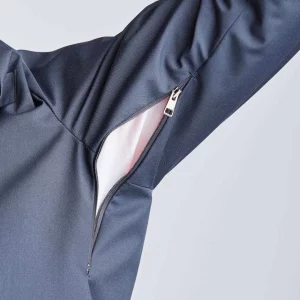

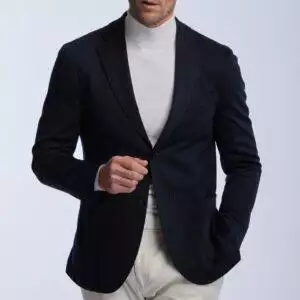
2 Comments
ernest
22/07/2022great information
I note
on the other hand your prices are crazy, I'll come back to see you when I'm rich
Franck
18/04/2020Hello,
This information is essential when choosing our clothes, especially those for the office. There is nothing more unpleasant than to have rings under your arms and to smell of sweat on top of that.
I was able to test the WOLBE shirt and the feeling of staying dry with no sign of moisture under the armpits even under a jacket and overcoat is very pleasant, especially in the second half of the day. You stay cool and there are no signs of rings under your arms (which is a real plus for office colleagues).
I look forward to the development of the WOLBE range for a wider choice of shirts.
Franck